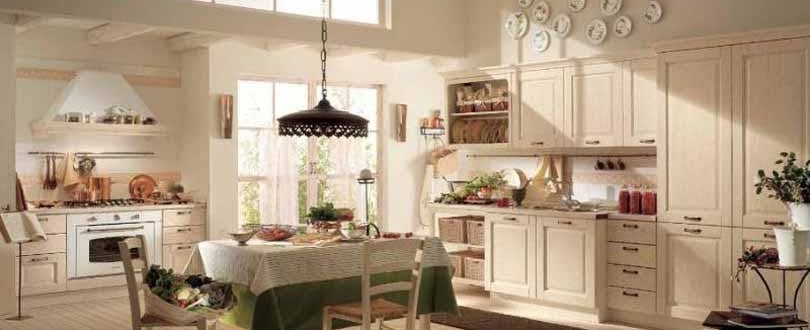
To prevent your kitchen from making you fat, see the tips below.
Is it possible that the size of plates and cutlery, the shape of glasses, the color of the walls, and the arrangement of food in the refrigerator can affect our diet? The existing scientific evidence is unequivocal: yes, they can all play a role.
Most of the relevant studies have been conducted by Dr. Brian Wansink, a professor of nutritional science at Cornell University in New York. Dr. Wansink is considered the world's leading expert on eating behavior and has spent the last two decades decoding the hidden elements that influence how we eat.
The conclusion of his research is that we are constantly "trapped" by our home environment, pushing us to consume 100-200 calories more daily than we need or want.
* Organized refrigerator. Take refrigerator classification, the subject of his latest study, for example. Dr. Wansink and his colleagues took photos of the refrigerators of 100 volunteers and asked them to keep detailed food diaries.
They then recruited 100 other volunteers and rearranged their refrigerators in various ways, examining the effects of each rearrangement separately.
Result: no matter how the foods were arranged, the volunteers were three times more likely to eat the first thing that caught their eye in the refrigerator – and not the fifth or tenth.
So, if in our field of vision they are first fruit and vegetables (and not, for example, toast and sweets), we are much more likely to eat these for dinner than to look for something fattening that will be in the back of the refrigerator. It's that simple.
"We found that there's a really strong tendency to eat the food that's most visible," says Dr. Wansink. "And it makes sense. When you come home tired, the last thing you want to do is rummage through the fridge for something to eat. You're more likely to grab whatever's in front of you."
* Closed food cabinet. By the same token, "it is a thousand times preferable to have a closed pantry rather than shelves for storing food, especially when various snacks that do not require preparation are placed in them," he adds.
Furthermore, "large refrigerators may be convenient, but smaller ones discourage overeating."
* Smaller plates and cutlery. As Dr. Wansink said at the American Psychological Association's annual conference, held in August in Washington, D.C., there are a few other changes that could make a difference.
What are these changes? First of all, let's change the plates and bowls where we serve food, as well as the cutlery, to smaller ones.
Dr. Wansink has found that we traditionally eat 92% of the food on our plate and that the size of the plate plays a decisive role in how much we will eat (hence he is categorically opposed to the habit of many of us eating straight from the pot or pan).
In one of the studies, for example, conducted on 168 volunteers who went to the movies, he discovered that when they bought an extra-large portion of popcorn, they automatically ate 45% more than when they bought the large portion (in both cases, they never completely emptied the bowl).
Another study, this time on nutrition professors, showed that when they served themselves ice cream with large spoons and in large bowls, they ate much more than when they served it with small spoons and in small bowls – “and these people, by profession, should be aware of what they are doing,” adds Dr. Wansink.
Overall, his studies have shown that we can reduce the calories we consume by 22% by choosing to eat on plates with a diameter of 5 centimeters smaller than the ones we already have.
* Tall and thin glasses. Our glasses probably need a change too. Dr. Wansink asked bartenders to make the same cocktails, but in glasses of different sizes. He found that professionals poured more alcohol into short, wide glasses than into tall, thin ones.
Another study, on children going to camp, showed that they also drank more when they used low and wide glasses than when they used tall and thin ones, while a third study showed that when we use short and wide glasses we put 37% more liquid than in tall and thin ones of the same volume.
Conclusion: "To become thin, use thin glasses," says Dr. Wansink illustratively.
* Natural color on the wall. And one last change: paint the walls in the area where you will eat (preferably outside the kitchen, but also away from the TV and PC) with natural colors. If the color is too bright, it will overstimulate you and make you eat quickly and therefore a lot, while if it is dark it will make you eat slowly but more than you would like.
Source: www.tanea.gr

No Comments